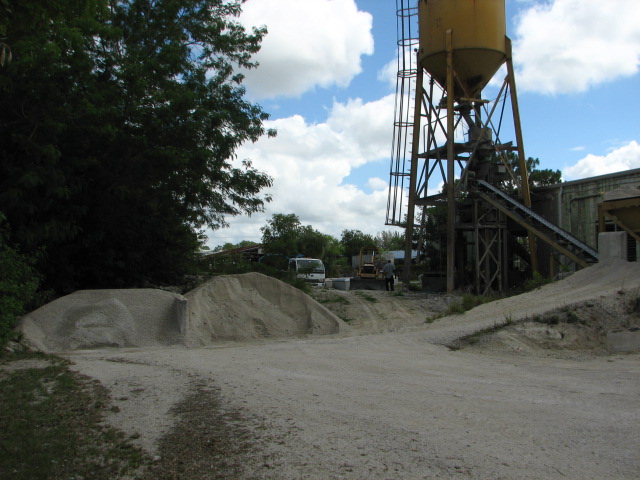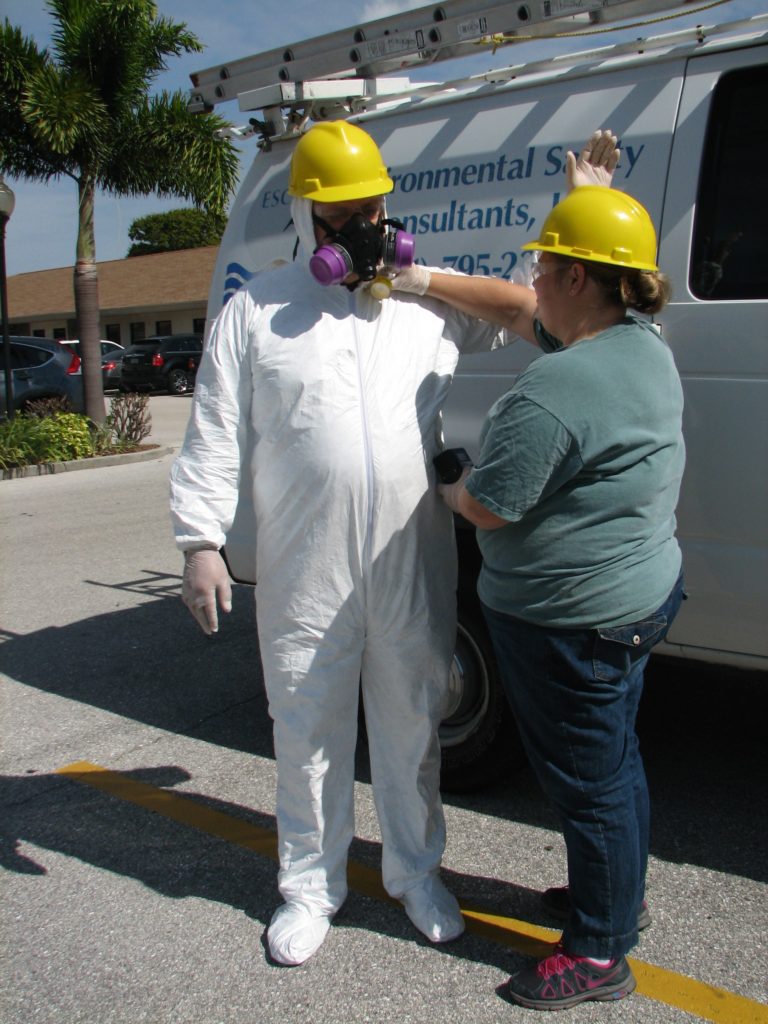Sudden Concern with Silica
Increasing Use
Why the sudden concern with silica? Silica is a major component of planet Earth and has been from the beginning of time. As a result, mankind has always been exposed to silica. However, exposure is higher than ever. This is because of increased activity in the construction and industrial areas.

Lower Limits
OSHA’s (U.S. Occupational Safety & Health Administration’s, https://www.osha.gov) silica limits are now lower due to the sudden concern with silica a few years ago. To explain, these limits are OSHA’s Permissible Exposure Limits (PELs). Because of the sudden concern with silica, OSHA lowered the PELs for three sectors of workers. Explaining further, those sectors are general industry (29 CFR 1910), maritime industry (29 CFR 1915, 1917, & 1918), and construction (29 CFR 1926).
Disease, the Real Concern with Silica
In the 1930’s, the United States became concerned with silica and the resulting disease silicosis. It is unknown why it suddenly came to the forefront. However, read on for more information on silicosis.
Silica Defined
Silica is a chemical compound, which by definition means there are at least two chemical elements. Firstly, is silicon (Si) which has metallic and non-metallic properties and makes up a large part of the earth’s crust. Secondly, is oxygen (O), which we all know human beings need to survive. Thirdly, comes the chemical reaction where one atom of silicon combines with two atoms of oxygen. Silicon dioxide or SO-2 is the resulting compound. Silica or sand is the common name. Silica makes up quartz, sand, and other substances. Finally, silica occurs in concrete, granite, slate, sandstone, and sandpaper, among other things.
Concern with Silica & Workers
Exposure Routes
Silica can enter the body via three routes. Firstly, it can enter through the skin, known as dermal exposure. Secondly, it can enter through the mouth and digestive system, known as ingestion. Finally, silica can enter the body through the respiratory tract, known as inhalation. Of those three routes, inhalation is the most significant and worst route, because it can end up in the worker’s lungs. As a result, the worker can develop silicosis. Even more important, the greater the exposure the greater the likelihood of silicosis.
Effect on the Body
Silicosis is the respiratory condition that can result from breathing in silica. It is a terrible disease which affects countless workers exposed to silica dust. Here is a link to OSHA’s video on silicosis: https://www.youtube.com/watch?v=HAByIIzQSuU . It is short and to the point. It makes a strong point for avoiding silica exposure.
Testing Workers
ESC has lots of experience testing for silica. The firm has tested at various construction job sites under real and worst case conditions. Typically, this is done where concrete is being cut, milled, or drilled.
ESC has tested at manufacturing plants where granite counter tops are made, concrete products are constructed, roofing shingles are manufactured, and fertilizer is compounded, plus at a college where pottery is made. ESC’s Certified Industrial Hygienist (CIH, http://www.abih.org) works with ESC’s staff level industrial hygienists in designing testing projects, interpreting the results, and preparing the report. More information is available on ESC’s web site.

Conclusion
Contact ESC (https://www.escflorida.com/contact/) for silica testing or more information. ESC has been providing such testing in the industrial hygiene area for over thirty years and has a Certified Industrial Hygienist (CIH). The staff has the credentials and experience to help with all silica testing and consulting needs. ESC strives to respond immediately to all inquiries. Contact ESC today!

 The term raises a lot of questions from the general public. They often include whether it is similar to dental hygiene or if it is a prescribed procedure for manufacturers to wash their hands? It has been suggested over the years that perhaps industrial hygiene be replaced with occupational hygiene. Maybe so, but that is not self-evident either. Industrial hygiene concerns the recognition, evaluation, and control of hazards in the work environment. It has evolved over the last couple thousand years and like a lot of things, exploded with the Industrial Revolution in the late 1800’s. It involves identifying hazards on the job that can affect the health of workers. It has grown out of the manufacturing sector, was applied directly to the construction and maritime industries, and now includes virtually any work environment with the recognition of hazards from asbestos, radon, mold, silica, indoor air quality, and, yes, most recently the novel coronavirus causing the COVID-19 pandemic.
The term raises a lot of questions from the general public. They often include whether it is similar to dental hygiene or if it is a prescribed procedure for manufacturers to wash their hands? It has been suggested over the years that perhaps industrial hygiene be replaced with occupational hygiene. Maybe so, but that is not self-evident either. Industrial hygiene concerns the recognition, evaluation, and control of hazards in the work environment. It has evolved over the last couple thousand years and like a lot of things, exploded with the Industrial Revolution in the late 1800’s. It involves identifying hazards on the job that can affect the health of workers. It has grown out of the manufacturing sector, was applied directly to the construction and maritime industries, and now includes virtually any work environment with the recognition of hazards from asbestos, radon, mold, silica, indoor air quality, and, yes, most recently the novel coronavirus causing the COVID-19 pandemic.